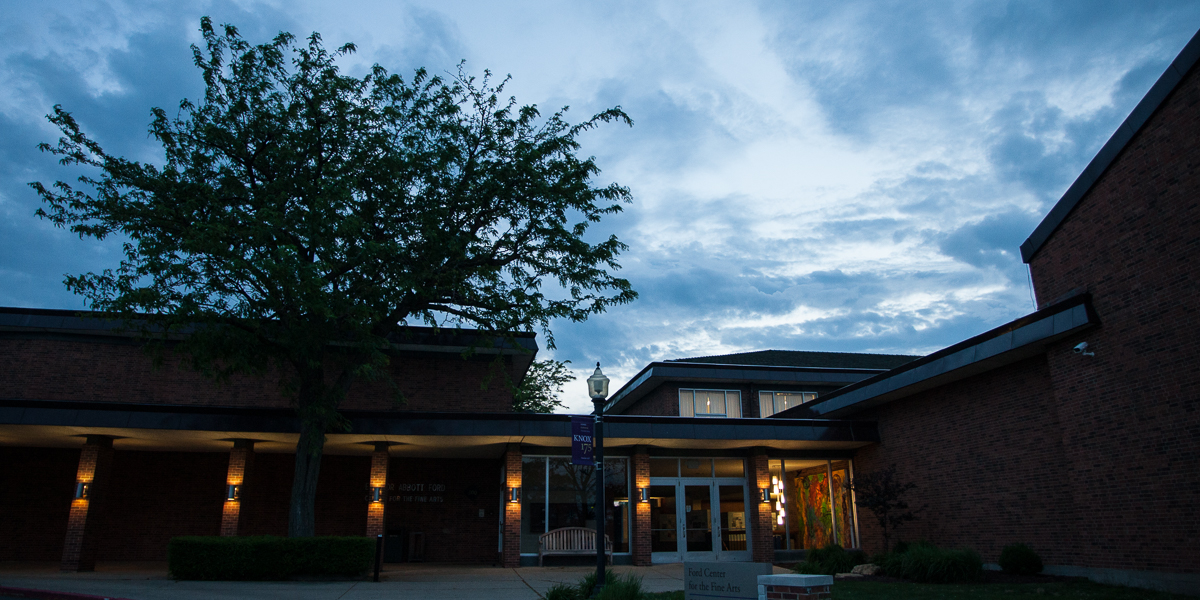Knox Stories
Knox “Abolition for All Time” Lab Excels in Second Year
A major focus of the second year was curricular innovation.

Office of Communications
2 East South Street
Galesburg, IL 61401


Environmental concepts that we thought we understood -- such as "natural," "degraded" and "restored" -- need to be re-examined, according to a new book by Knox College biologist Stuart Allison.
Ecological Restoration and Environmental Change was recently published by Routledge. The book traces the history of ecological restoration, current restoration techniques, and future challenges presented by climate change.
Allison, professor of biology, has directed prairie restoration for the past 15 years at Knox College's Green Oaks Biological Field Station. In 2010, he received a Fulbright scholar fellowship to study ecological restoration in Europe.
"For a long time, we believed that you could restore an ecosystem to some kind of 'natural' pre-disturbance condition and then maintain that condition through various management programs," Allison says. "In reality, species and ecosystems constantly change over time, with or without human intervention, and the process of restoration has always been defined by human choices about what we think is natural and/or desirable."
According to Allison, Knox's Green Oaks is a perfect example of the need for direct human intervention in the restoration process. "Tallgrass prairies are one of the most badly disturbed ecosystems in the world," he says. "More than 99% of the original tallgrass prairie in Illinois has been lost. The only way we will ever have more tallgrass prairie is if we grow and manage it, as Knox is doing at Green Oaks."
Green Oaks is a 700 acre (283 hectare) site in central Knox County that includes the nation's second-oldest tallgrass prairie restoration area.
Due to climate change, Allison says, "we will face new questions about what we mean by good ecological restoration. When the environment is constantly shifting, restoration to maintain biodiversity, local species, and ecosystem functions becomes even more challenging.
"Trying to manage a constantly changing environment means we need to focus on the process of how the ecosystem functions and worry less about the exact identity of all the species in the ecosystem. This is a radical change in how we think about restoration and it is not clear to me whether this approach will be acceptable to the general public."
Drastically warmer weather this past spring forced Allison to cancel a planned prairie burn at Green Oaks, and to consider moving future burns earlier in the year. Normally held in April at Green Oaks, prairie burns help restore tallgrass prairies by suppressing non-native "invasive" plants. After inspecting the prairie growth, Allison explained that holding a spring burn this year would have damaged, rather than promoted, restoration of native prairie grasses and flowers.
Since the 1950s, numerous student and faculty research projects, including many in prairie restoration techniques, have been conducted at Green Oaks. A ten-week, multidisciplinary program, Green Oaks Term, celebrated its ten-year reunion this spring.
Allison's research has been previously published in scientific journals including Ecological Restoration and Restoration Ecology. Earlier this year, he gave the keynote address, "Ecological restoration and environmental change: Transforming ecosystems, transforming ourselves," at the annual meeting of the Illinois State Academy of Science.
Published on July 16, 2012